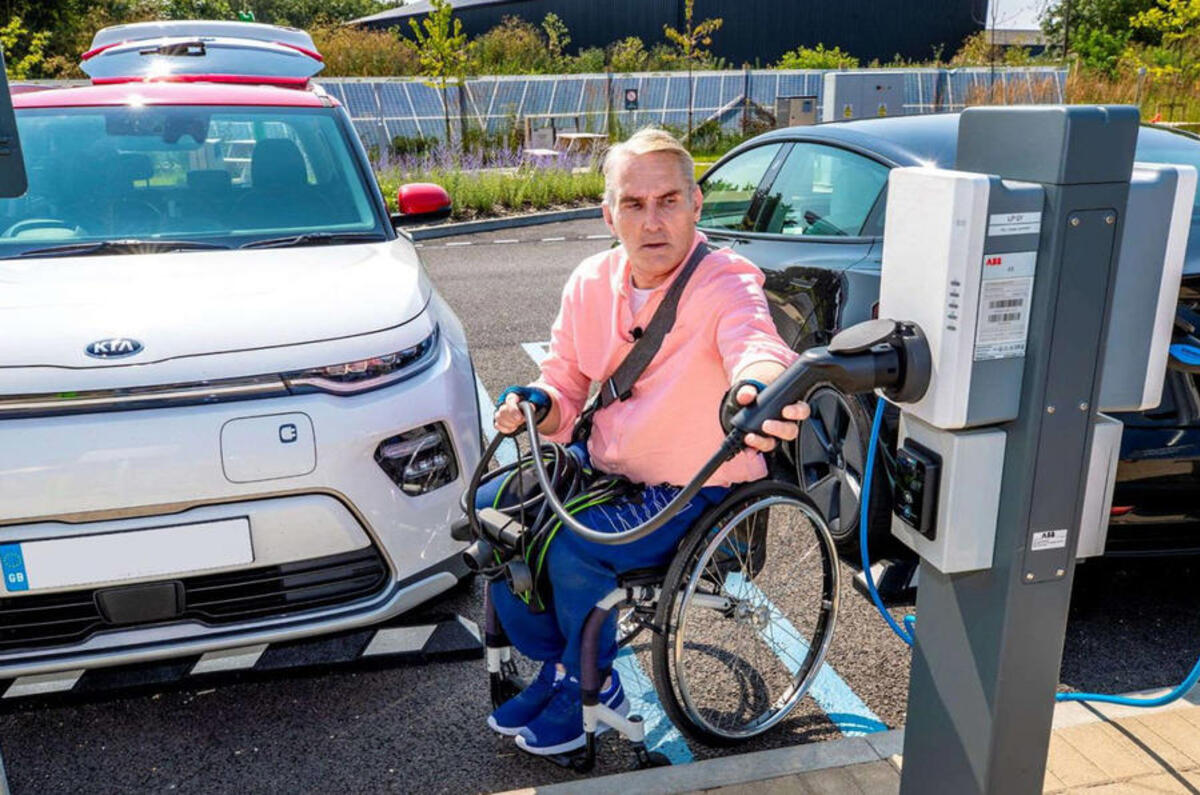As car makers navigate a sluggish new car market, one enthusiastic bulk buyer is proving very helpful indeed.
“The Motability market has just exploded,” Guy Pigounakis, commercial director at MG Motor UK, told Autocar. “None of us have seen anything like it for decades.”




Add your comment